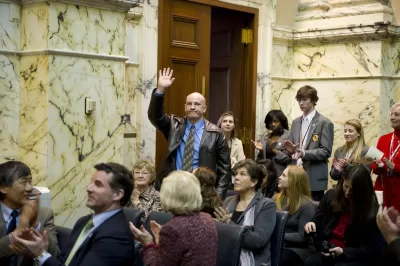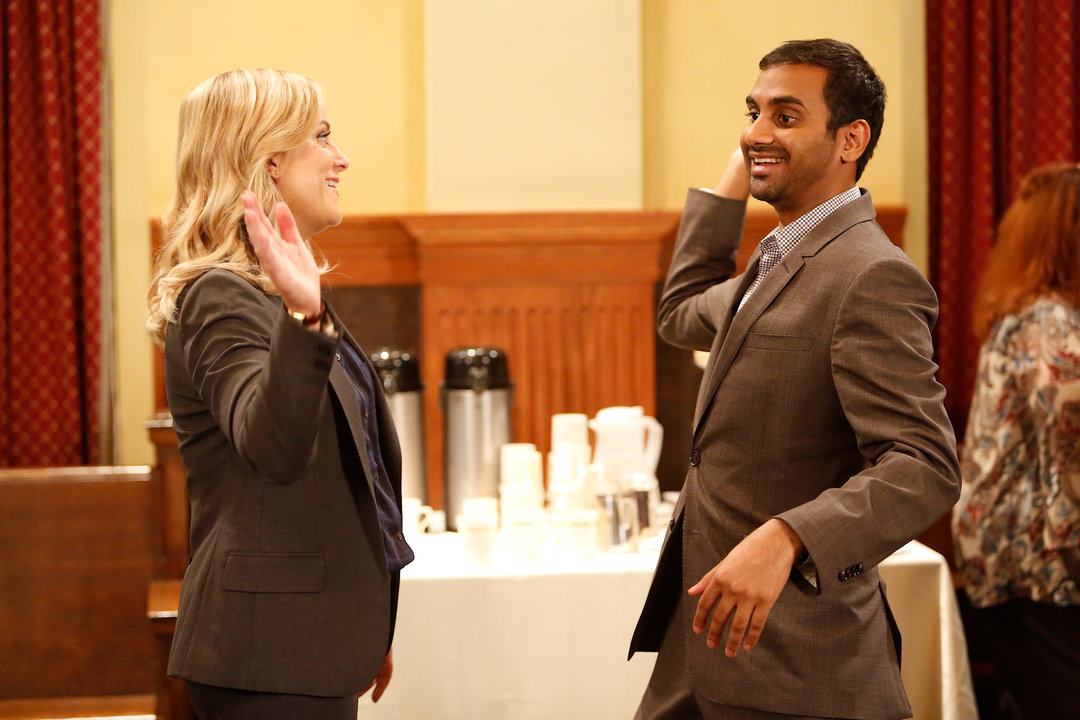Do you remember exactly when you wanted to become an urban planner? Neither do I.

For those considering a career in urban planning, don’t wait for lightning to strike, suddenly sending you down the non-motorized path toward urban planning. Waiting for this moment only delays the most effective way to know if the planning shoe fits: Just try it.
One reason it is important not to wait on planning is that by the time most of us learn about our field it’s relatively late in the career game. As I wrote in an earlier article, "Teaching Urban Planning to Pre-Schoolers," the profession of urban planning struggles with an awareness gap. From a young age, children read books and watch videos about doctors, builders, chefs, mechanics, pilots, and businesspeople. But not urban planners. It’s unfortunate because the concept of urban planning does not have a minimum age requirement. Kids understand the meaning of putting the right things in the right place, and that’s what planners do.
But the awareness gap is understandable. I don’t expect non-planners to know what planners really do. I knew planners wanted to make better places, but even in my second year of graduate school I still didn’t really know what planners actually did inside the office. Planning is thankless at times, and grinding through staff reports to meet processing deadlines takes a certain journalist's grit. So why expect someone to convey this as a career choice for young people or feature public meetings on a TV show? (Thank you, Parks and Recreation, for curbing this trend.)

Greg Gayne/NBC | 2014 NBCUniversal Media, LLC
Because most of us do not learn about urban planning until high school or college, other traditional professions have at least a decade head start competing for our intellectual interest. This leaves less time to consider planning before needing to make early career decisions like choosing a college, picking an academic major, pursuing an internship, or some other post-high school endeavor. If you feel even the slightest pull toward planning, it may be wise to follow it now.
Next up: Suggestions on how to follow this path.

Planetizen Federal Action Tracker
A weekly monitor of how Trump’s orders and actions are impacting planners and planning in America.

Congressman Proposes Bill to Rename DC Metro “Trump Train”
The Make Autorail Great Again Act would withhold federal funding to the system until the Washington Metropolitan Area Transit Authority (WMATA), rebrands as the Washington Metropolitan Authority for Greater Access (WMAGA).

DARTSpace Platform Streamlines Dallas TOD Application Process
The Dallas transit agency hopes a shorter permitting timeline will boost transit-oriented development around rail stations.

Renters Now Outnumber Homeowners in Over 200 US Suburbs
High housing costs in city centers and the new-found flexibility offered by remote work are pushing more renters to suburban areas.

The Tiny, Adorable $7,000 Car Turning Japan Onto EVs
The single seat Mibot charges from a regular plug in about as much time as an iPad, and is about half the price of an average EV.

Supreme Court Ruling in Pipeline Case Guts Federal Environmental Law
The decision limits the scope of a federal law that mandates extensive environmental impact reviews of energy, infrastructure, and transportation projects.
Urban Design for Planners 1: Software Tools
This six-course series explores essential urban design concepts using open source software and equips planners with the tools they need to participate fully in the urban design process.
Planning for Universal Design
Learn the tools for implementing Universal Design in planning regulations.
Roanoke Valley-Alleghany Regional Commission
City of Mt Shasta
City of Camden Redevelopment Agency
City of Astoria
Transportation Research & Education Center (TREC) at Portland State University
US High Speed Rail Association
City of Camden Redevelopment Agency
Municipality of Princeton (NJ)






























